The Ultimate Marketplace Development Guide: tech stack, features, and costs
We no longer associate the word “marketplace” with grocery shopping early Sunday morning. Now, thanks to Amazon, eBay, and Etsy, marketplaces are strongly associated with digital shopping websites, where you can buy any product you can imagine. But why are such trading websites so popular?
Two-sided platforms offer small businesses an effective selling channel. In such a way, marketplaces eliminate the need to spend money and time maintaining their own online shopping store.
For such a service, site owners change commissions and earn money without actually selling anything.
If you can’t wait to launch your own marketplace business, you are in the right place. This article is about developing a marketplace start-up in six steps and turning it into a profitable business.
But first, let’s define the ultimate meaning of a digital trading platform.
What is the digital marketplace?
A marketplace is a platform that gathers retailers who offer their products and numerous buyers who buy from them. In a nutshell, the website performs as an intermediary between buyers and sellers. Such a website could be in the form of a website or mobile app, targeted to different users.
Types of marketplaces
You need to select the type of marketplace and define end-users. There are B2C (business to clients), B2B (business to business), and P2P (peer to peer) marketplaces.
Let’s look at each marketplace type in more detail.
- Business to clients
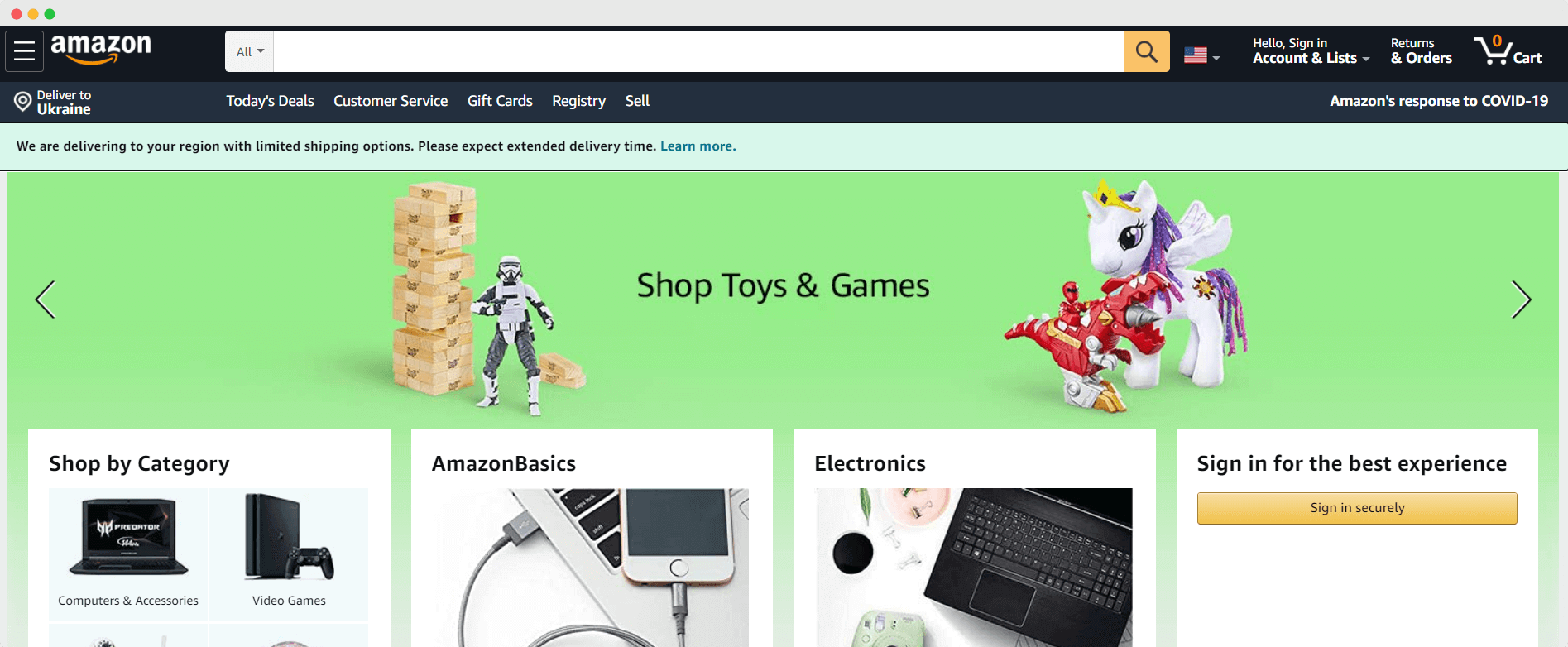
B2C marketplaces serve small businesses and individuals. While some marketplaces, like Amazon, offer products, others, such as TaskRabbit, offer services.
- Business to business
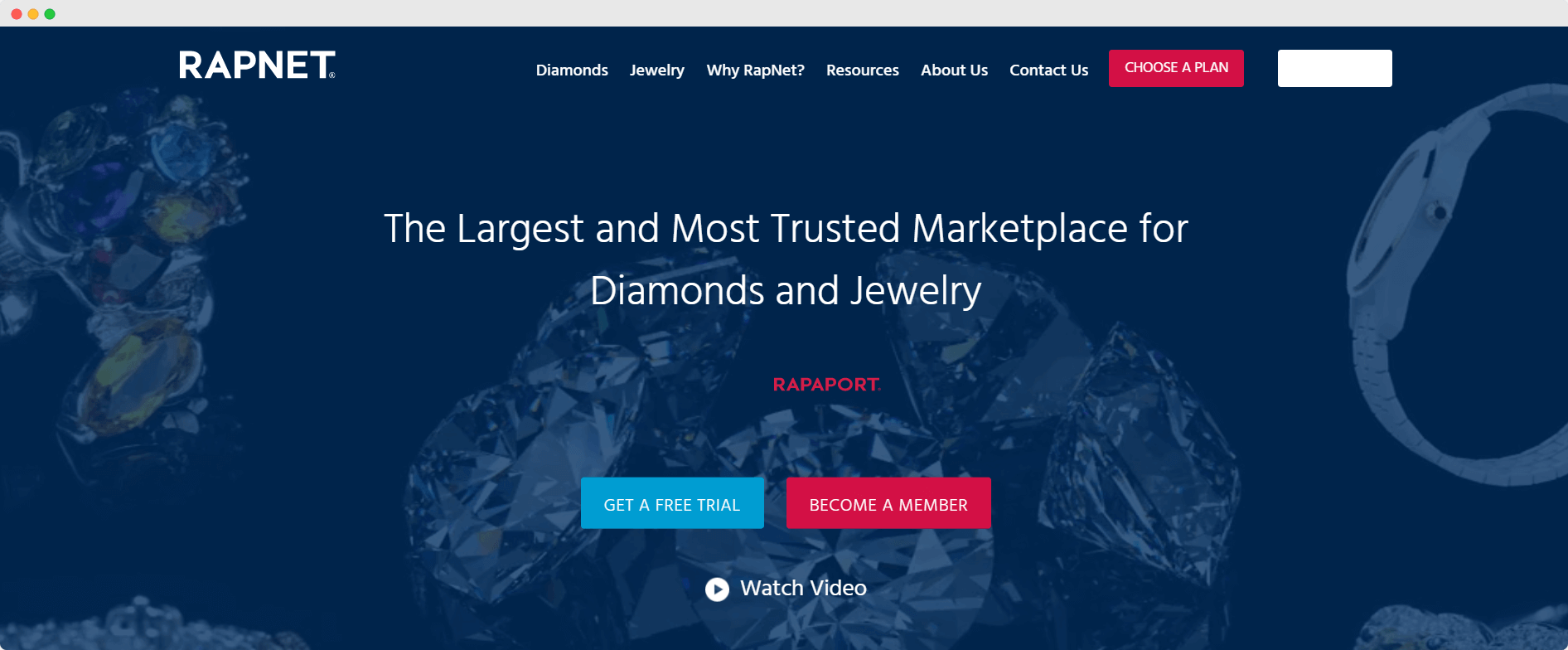
There are also B2B marketplaces, which means sellers and buyers sell and buy wholesale products. The list of B2B marketplaces includes websites like RapNet that sell diamonds and Alibaba B2B.
- Peer to peer
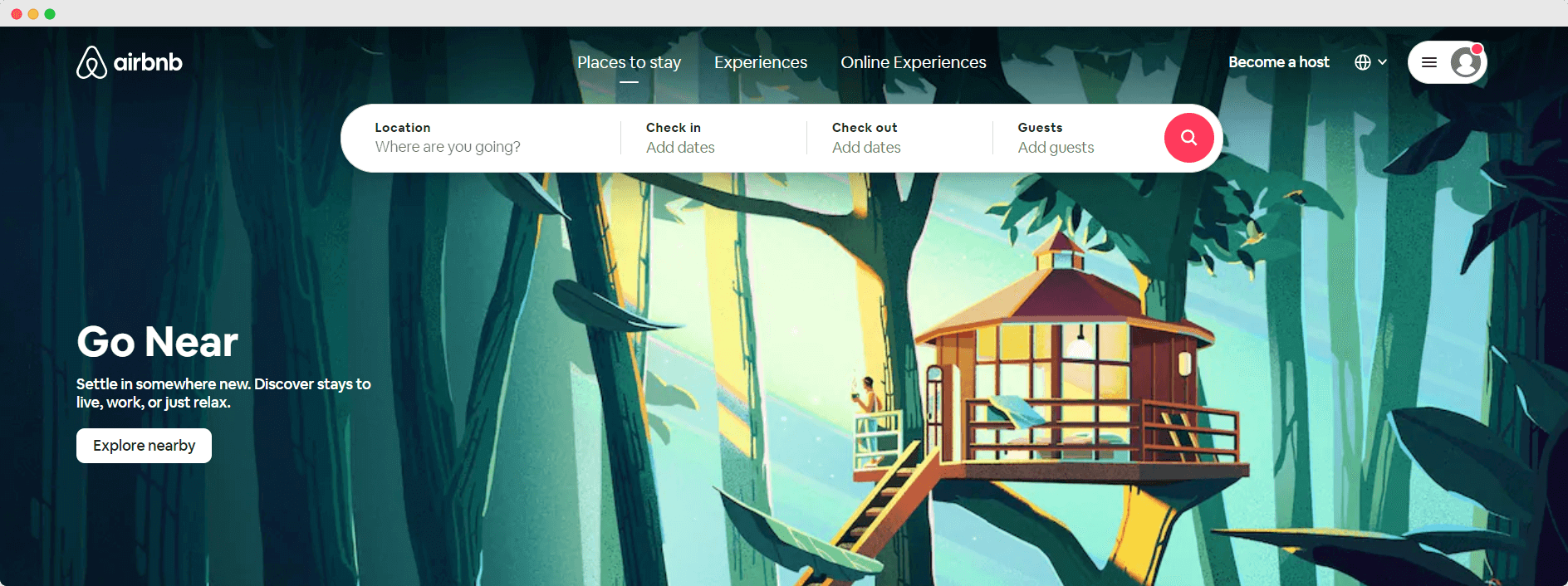
Don’t forget about P2P marketplaces, where both buyers and sellers are individuals. One example is Airbnb that offers apartments and houses for rent.
However, the market of trading platforms is even more granular, and each project varies with the products and services it includes.
There is a marketplace for selling used products such as Decluttr and Ubup.
There are also job marketplaces, like UpWork and Fever, where you can find freelancers for various tasks.
Let’s concentrate on developing true online marketplaces where vendors can sell physical products to consumers.
But how does such a marketplace differ from a regular e-commerce website?
Online marketplace vs. online store
You need to be aware of six differences between the marketplace and an e-commerce website:
- The number of sellers. As an online store owner, you perform as a single seller at your e-commerce website. As a marketplace business owner, you do not need to sell anything to receive profit, since many sellers offer their goods, through whom you can earn money.
- Product variety. Typical online stores offer up to 10 product categories, but marketplaces include products from different industries. For example, Amazon, the biggest online marketplace, counts 36 categories and over 12 million products, including books, media, wine, etc.
- Features. The online store consists of two parts – an admin panel to manage users and products, and a customer profile to add products to a shopping cart and complete the checkout. The two-sided platform includes features for three types of users. They are an admin panel to manage users; a seller profile to list products, manage orders, receive payments; and a buyer profile, which has the same functionality as one in an online store.
- Traffic load. Even popular online stores hardly count over 10,000 users per month. Online marketplaces should be powerful enough to handle substantial traffic loads. For example, Amazon counts 5.7 billion shoppers each month.
- Tech stack. To build an e-commerce website, you can leverage e-commerce platforms. But to build a vast marketplace, those platform capacities wouldn’t be enough. Thus, consider using such popular marketplace builders as Zielcommerce, 3Dcart, Arcadier, or Yo!Kart. If their features are still not enough for you, you can hire developers to build a project from the ground up.
- Monetization. When you are managing an online store, direct purchases are your primary source of income. However, owning a marketplace opens new streams of earning money, including service commissions, promotions, etc. We will look at them later.
In a nutshell, an online marketplace is like an e-commerce website on steroids. Such platforms include more products provided by multiple sellers and substantial monthly traffic loads.
Now, let’s see how to develop a marketplace start-up from scratch or using existing platforms?
Download free eBook on eCommerce app development
Download nowBuilding an online marketplace website: SaaS vs. from scratch
When building a marketplace you can leverage an existing e-commerce platform with pre-build features. Such platforms are known as SaaS solutions, which means the software as a service. You also can hire a development team to build an online marketplace from scratch.
In both cases, you end up with your own two-sided platform. But, there are essential differences between these approaches to pay attention to. Before deciding in favor of a platform-built or custom-built marketplace, consider the following:
- Customization
By customization, we mean adding features and changing the design to meet your business needs. In the case where you need a UI/UX design tailored to your brand and a bunch of sophisticated features, consider building a project from scratch. If, however, you want to create a simple project with essential features and template design, you can use a pre-coded platform.
- Traffic load
A high traffic load negatively impacts marketplaces that are not ready for it. Thus, they can crash and cause inconvenience to users. If you expect your platform to handle around 10 000 users per month, a platform-built site will perfectly meet your needs.
However, if you are going to develop a marketplace like Amazon with a high traffic load, you need custom marketplace development. In this way, developers will create the infrastructure on cloud servers that automatically expand operating capacities. So, the project architecture can work without downtimes, even with 1,000,000 website visitors per second.
- Timeframes
In case you expect to launch your platform in 1 or 2 months, rely on existing marketplace builders. Thus, you need to make very few changes to the SaaS marketplace to launch it within a short period.
When timeframes are not your main priority, build such a project from scratch.
- Addons
Take at least some time to research the additional features you can add after launching your trading platform, since, as your business grows, you will need something more than just a shopping cart and checkout for buyers, and a product catalog for sellers.
Investigate whether your platform’s store has add-ons for email marketing and advanced product recommendation tools, as you will need them sooner as you think.
In the case of needing more add-ons, developing a custom online marketplace will work the best.
Once you find room for new features, your development team can code and add it to your custom project within several weeks. Thus, you receive total control over marketplace website functionality.
- Tech complexity
If you have at least a basic knowledge of coding, know how to buy a domain name, and set up a server, choose SaaS.
If you have to google what “server” means, then hiring web developers is your option of choice. Even if you are not going to create a unique marketplace and the primary SaaS platform meets your needs, we suggest you team up with a development team to set up your marketplace.
Now let’s see what it takes to launch such a project.
How to start an online marketplace in 6 steps
Creating a marketplace includes numerous activities. You need to define your business model, make a feature list, and hire developers. Let’s find out what it takes to develop such a project.
Step 1. Choose your revenue models
The first thing you need to do is decide on how the website will bring you money. You need to select your monetization plan among the following options:
Commission model. You charge a commission on any purchase made via your website, added to the product cost. Thus, when a buyer purchases a product, one also pays your commission during the checkout. Marketplaces that successfully use commission models are AirBnB, eBay, and Amazon.
Listing model. You offer retailers to place a limited amount of products for free. If they want to extend their product catalog with more goods, they must pay you for such an option. For example, eBay allows vendors to place 50 products for free each month. In order to add more products, the platform charges retailers 5 and 30 cents depending on the product category.
Paid promotions. Vendors pay you a promotion fee so their products appear first in the search results. Promotion fees work great for marketplaces with numerous products within the same category and are currently applied by Etsy, a platform with DIY products.
If you don’t know which strategy will work for your marketplace, ask your development team for additional business analysis.
Step 2. Gather core features
Below we have listed must-have features for all types of users – buyers, sellers, and administrators.
Features for a customer app
The customer application should include all the functionality to find products, add them to the shopping cart, and checkout. Thus, the main features of a customer’s app are:
- Buyer profile with personal information, shipping address, and bank details
- Search bar to find products
- Shopping cart to gather products one wants to buy
- The payment gateway for buying products during the checkout
- Review and rating to share one’s experience with a particular vendor or product
- Push notifications to track the order and delivery status
Features for a seller app
To list and sell products, the seller app requires the following functionality:
- Seller profile with detailed information about the seller, one’s location, and bank account details
- Product catalog to add, edit, and delete products
- Product page to upload product images, set the price, and add product description
- Order page to manage upcoming orders
Features for an admin panel
The admin panel is aimed at managing communication between both sellers and buyers. Thus, your admin panel should include the following functionality
- Dashboard with information about new and completed orders
- User management to add, edit, and delete users
- Product management for changing the information on the product page
- User analytics to show the number of buyers and sellers, buyer purchase patterns, etc.
Now that you have a business plan and feature list at hand, it is time to hire your development team.
Step 3. Hire a development team
We advise partnering with a development team for both custom marketplace development and setting up a SaaS website. If you are looking for tips on finding a reliable tech partner, check out the article about hiring web developers with handy tips.
Once you select developers with relevant cases in their portfolio, you need to contact them and explain what type of project you want to receive. You can also send your idea about monetization models and features you want for your project.
At the APP Solutions, we can estimate your project based on your feature list and monetization models.
Our customers receive a more detailed project estimation at the end of the Discovery phase. It is a 2-3 week period during which we conduct an in-depth technical and business analysis of your project, create project documentation, suggest architecture components and technologies that apply.
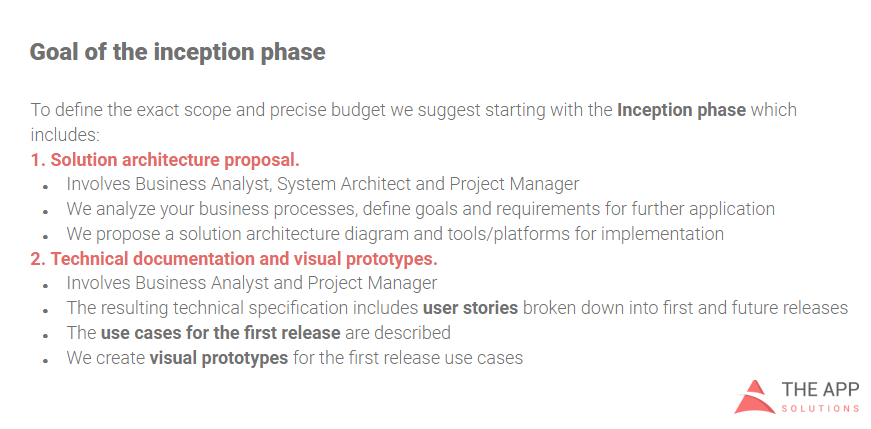
After we send you the final project estimate, we arrange a kickoff meeting with you and our development team members. During the meeting, we will define the high-level project goals and agree on the communication plan.
We schedule demonstration sessions to show you our progress in the communication plan. Next, we start creating designs for your website or searching for the most suitable design template.
Step 4. Create UI/UX design
The design defines how your marketplace is convenient for users. Besides this, the design should also reflect your unique brand and be recognizable. Thus, even template designs from SaaS platforms require personalization, such as changes in color scheme, adding your logo, and others.
If you decide to develop a project from the ground up, designers create the look of your website that meets your business needs within the following steps:
- Wireframes. We create the layout of all elements, define how product categories will look, and design elements for the home page.
- Clickable prototype. We gather all the elements and emulate the customer journey and several project scenarios in a clickable prototype. To create such prototypes we leverage Figma, a professional online tool for mobile and web designers.
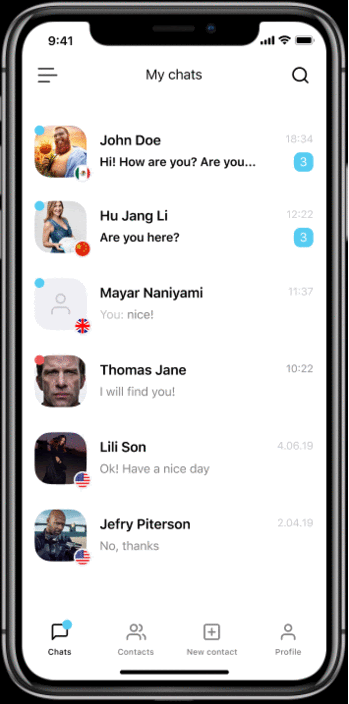
[The APP Solutions clickable prototype]
- Polishing the result. Apart from critical scenarios, we also create other screens for your platform, such as the vendor cabinet, checkout, admin panel, and its features.
Once the design is ready, we start the coding process.
Step 5. Coding the MVP
The MVP means the minimum viable product, the first project version. It includes core features enough for sellers and buyers to use the platform and rate it.
We define the functionality for the project’s MVP during the discovery place. In such a way we reduce the time for the development and the project costs.
Thus, you can receive a ready-made website within 2-3 months, whereas the development of such a project with bells and whistles requiring 6-8 months can cost you a fortune.
- Our solution architect defines the core project elements and considers technologies for the project infrastructure.
- Developers set up the architecture on the cloud or on-premise servers.
- Developers begin to add features from the technical documentation.
- Once the new functionality is built, quality assurance managers test the code and fix errors.
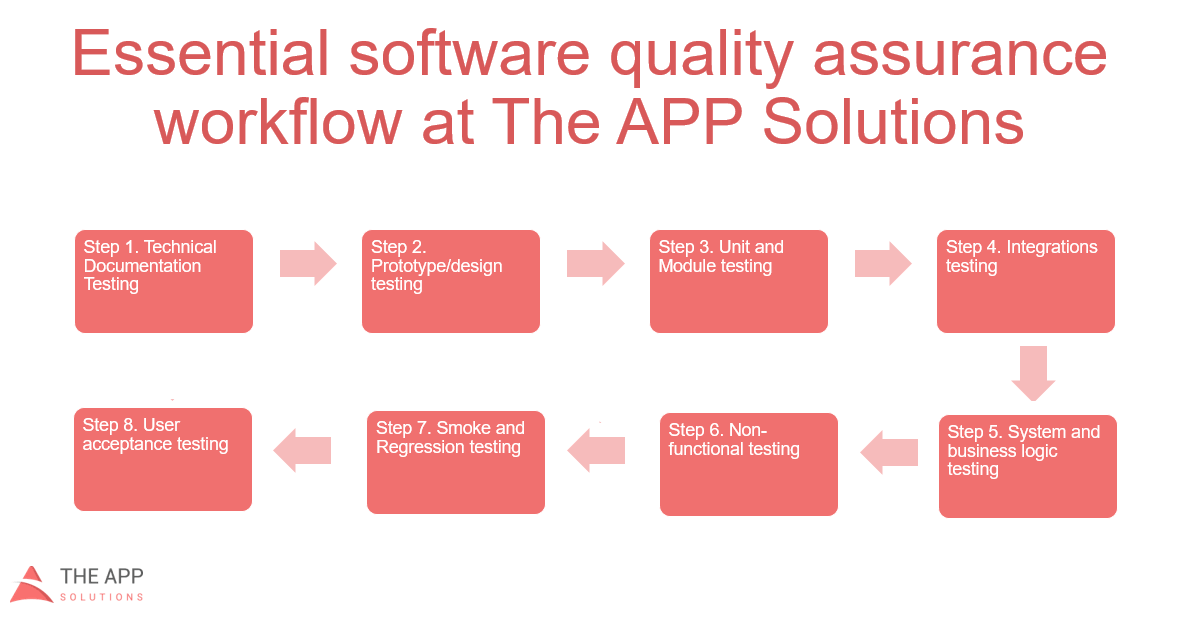
- Developers deploy the tested functionality to the life environment for the rest of the project.
- Developers integrate third-party services via API, such as payment gateways and shipping tracking tools.
After we ensure the project works without bugs, we run a demo session with you. We show you how the seller, buyer, and admin panels work during such a demo. If needed, we can also create instructions on how to manage your project.
Step 6. Launch the marketplace
We make your two-sided platform available for users and give you total access to the project’s code, infrastructure, and third-party services.
We also provide technical support during the first month after the project launch to fix any errors. If you want us to monitor the site performance for a longer time, we can sign a support agreement for two or six months and even a year.
Now you have a marketplace with all the necessary features and a development team to maintain it. So, the last thing remaining is to attract buyers and sellers.
As you can see, marketplace development requires both time and resources. But only partnering with a reliable development team ensures a decent result. Thus, finding good web developers with relevant tech expertise is the only way to successfully launch a project. We can provide you with full-cycle web development services – from project documentation to technical support after the marketplace launch. Our team is here to discuss your business idea and suggest top-notch solutions to bring it to life.
Download free eBook on eCommerce app development
Download nowWhat our clients say
Related readings:
